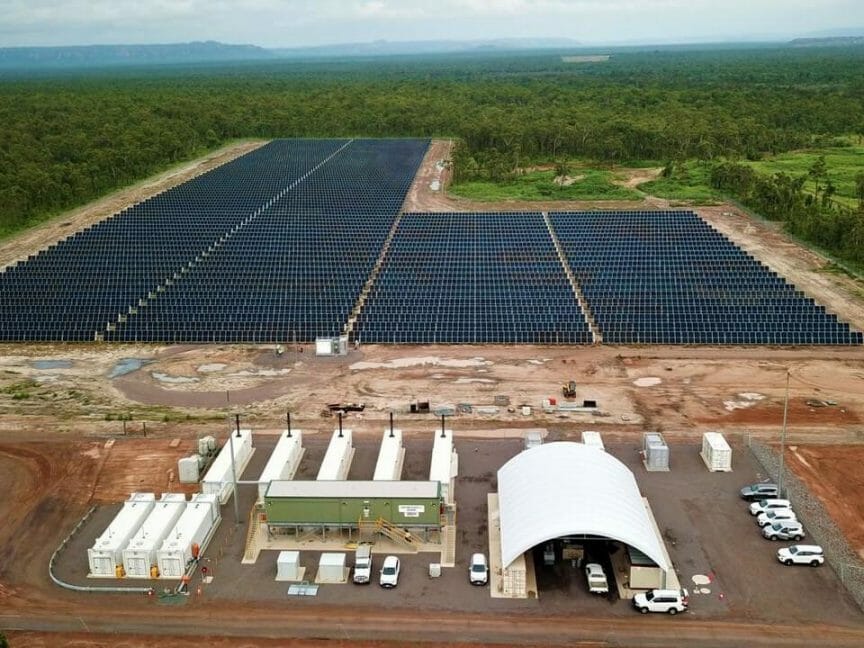From pv magazine India
How big is the potential for offgrid solar energy in India?
Over the last two decades, the Indian offgrid solar market has witnessed a lot of growth. Many players are coming into the picture to sell and distribute a varied range of solar products, domestically produced as well as imported ones.
The growth in the industry started getting bigger in the late 1990s when the bigger companies took solar home systems and solar lanterns to rural India. At the same time, the Indian government also started supporting Akshay Urjaa (Everlasting Energy) outlets in all areas across the nation. At first, these outlets were under some NGOs and government agencies, and then, from 2002 onward, the government encouraged private entrepreneurs to take over.
In 2010, the industry observed a high demand and that is how the industry started to flourish. The market is growing and that is how the potential of new inventions and sales grow, too.
What have been the major application areas?
Our major application areas have been the places with low or no electricity. Commercial and industrial areas near highways like farms, flour mills, sugar mills, etc, need our solar installations to minimize and optimize electricity. In the remote areas, we target domestic shops and places where the electricity has not reached.
In the rural areas, where electricity has not reached fully, solar plays an important role in operating the household lighting and modes of entertainment like radio and television. Women and children who stay home most of the time are the ones who need the inflow of light. Be it the household chores or studies, electricity becomes important. That is why the solar market is expanding in the rural areas, letting the manufacturers explore new demands and ways to supply more too.
With the right support by the government in this area, solar energy systems can improve many prevalent issues in rural areas like health care and education, irrigation, water supply for consumption, veterinary services, food preparation and refrigeration, and tourism.
Before the Modi government, solar’s share in the overall electricity market was 1-2%. Then, the government worked towards making policies around solar, and now, the solar and consumable market has reached up to 15% to 16%.
However, we still feel we can achieve 85% with the right government policies like Make in India and the entrepreneurial wave in the country that has encouraged innovations and startups across the nation.
Offgrid solar products remain expensive. What are the alternate success models?
The more advanced the technology, the more the cost. Compared to fossil fuels, solar energy systems are easy to use, low in maintenance, and have less impact on the environment. Therefore, they are also more expensive.
The issue that comes in rural areas, is that many farmers (who earn daily wages) cannot invest in such an expensive product at once. Hence, unaffordability becomes a hindrance in solar energy use too. The product, the batteries, and a backup system – all together become a little heavy on the pocket of a farmer.
Therefore, there should be a system of better loan providers in the rural areas, better infrastructure to retain such technology, and awareness to use the product too.
One alternate success model is ongrid solar products. These are battery-free products, so less maintenance is needed.
What’s the key to survival for solar providers in a rural market that’s price-sensitive and crowded with many players?
We feel survival depends on innovation and inventions. We are different from the general market of solar brands as we have a different line of products in this segment.
About 90% of the solar-related companies deal in solar panel installations, and they offer on-grid inverters and other products from Chinese manufacturers. However, we make our products in India, and we are not only about solar panel. We differ from the other companies as we cater to the solar consumer electronics market.
In the past, we have manufactured unique solar-enabled items that can function with both AC and DC.
Our inventions are solar air conditioners, freezers, deep freezers, and even compressors, and all of them are less power-consuming products.
To what extent is localization possible in offgrid PV products? What components are yet to be imported?
With an emphasis on Make in India, most of the production and manufacturing has been done in India. We support Make in India and we feel that a lot of dependency on different countries has been minimized now. It has created more employment opportunities, more innovations, and economic growth. However, the concept is new, so there are a few things that we are importing from outside. Right now, we get semiconductors from other countries.
Our focus is on making consumer-driven products that have longevity. We do so to minimize the dependency of our consumers on us all the time.
This content is protected by copyright and may not be reused. If you want to cooperate with us and would like to reuse some of our content, please contact: editors@pv-magazine.com.




1 comment
By submitting this form you agree to pv magazine using your data for the purposes of publishing your comment.
Your personal data will only be disclosed or otherwise transmitted to third parties for the purposes of spam filtering or if this is necessary for technical maintenance of the website. Any other transfer to third parties will not take place unless this is justified on the basis of applicable data protection regulations or if pv magazine is legally obliged to do so.
You may revoke this consent at any time with effect for the future, in which case your personal data will be deleted immediately. Otherwise, your data will be deleted if pv magazine has processed your request or the purpose of data storage is fulfilled.
Further information on data privacy can be found in our Data Protection Policy.